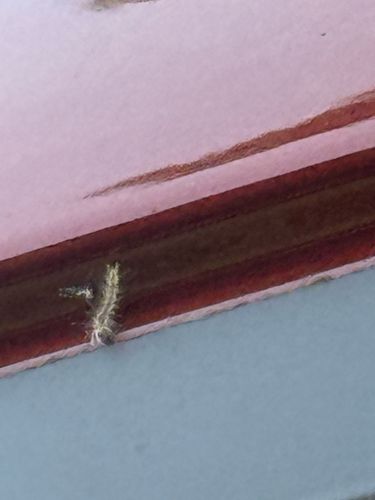Tussock Moth Caterpillar
Scientific Name: Family Erebidae, subfamily Lymantriinae (formerly Lymantriidae)
Order & Family: Order: Lepidoptera, Family: Erebidae (specifically, subfamily Lymantriinae)
Size: Larvae typically range from 2.5 cm to 5 cm (1 to 2 inches) in length.

Natural Habitat
Found in a variety of habitats including forests, woodlands, orchards, and urban areas where host plants (deciduous and coniferous trees) are present. They are often found on tree trunks, branches, and leaves.
Diet & Feeding
Herbivorous. Tussock moth caterpillars primarily feed on the leaves of a wide range of deciduous and coniferous trees, including oak, maple, birch, willow, apple, and various conifers.
Behavior Patterns
Tussock moth caterpillars are known for their distinctive tufts of hair (tussocks) along their body. They are often solitary feeders. Some species may undergo population outbreaks, leading to defoliation of trees. When mature, they pupate in silk cocoons, often incorporating their urticating hairs into the cocoon for protection. The adult moths are typically nocturnal.
Risks & Benefits
Potential Risks: Some species of tussock moth caterpillars have urticating hairs (stinging hairs) which can cause skin irritation, rashes, or allergic reactions (dermatitis) in humans upon contact. Inhalation of these hairs can also cause respiratory issues. In large numbers, they can cause significant defoliation of trees, weakening them and making them susceptible to other stresses or diseases. Potential Benefits: As part of the ecosystem, they serve as a food source for various predators and parasitoids, contributing to the food web. They also play a role in nutrient cycling as decomposers of leaf matter after defoliation.
Identified on: 9/6/2025